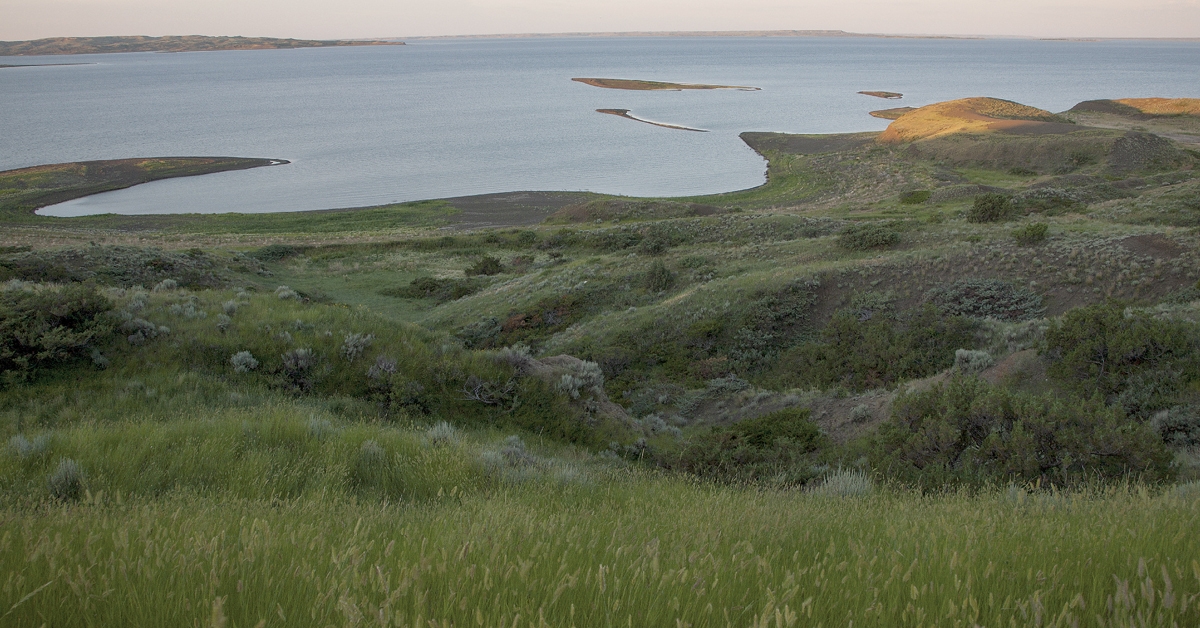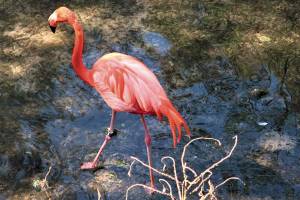By HOLLY ENDERSBY
At 1.1 million acres, the Charles M Russell National Wildlife Refuge represents one of the largest refuges open to the public for hunting, hiking, camping, wildlife observation, and fishing in the U.S.
This unique chunk of Montana public land is an astounding example of the northern Great Plains ecosystem and was set aside to protect fish and wildlife as well as for the enjoyment of people who love wildlife and public land.
An Expansive Refuge
“The refuge is 125 miles east to west,” explained Paul Santavy, the Project Manager for the refuge. “There are a lot of diverse habitats and landscape transitions across that distance as well as from north to south.”
As an example, the refuge is primarily surrounded by a sage-steppe grassland, but higher elevations are timbered, and down on the Missouri River breaks cottonwood galleries predominate. This variety of landscapes provides quality habitat for an array of native wildlife.
“We have all of the iconic big game animals, such as elk, mule deer, pronghorn antelope, bighorn sheep, moose, white-tail deer, and mountain lions,” Santavy said. “This variety and abundance of wildlife makes the refuge a great place to hunt each fall.”
In fact, according to Santavy, most of the 300,000 visitors each year come to hunt and fish. There are a few designated campgrounds, but most visitors who stay for several days use dispersed camp sites scattered along the 700 miles of unimproved roads through the refuge.
Getting Away
With 180,000 acres of designated and proposed wilderness, it’s easy to get away from it all.
Off-road travel is by foot or horseback only, with the exception of winter use of snowmobiles on Fort Peck Lake, a huge reservoir of 245,000 acres at full pool.
The lake offers excellent fishing with non-native fish, such as walleye, northern pike, and lake trout, all prized by anglers. Native fish include the endangered pallid sturgeon as well as shovel nose sturgeon, channel catfish, and paddle fish.
“Anglers really like to key in on walleye,” Santavy explained. “People come from all over to fish for them.”
As one who grew up in the Midwest, I can attest to the deliciousness of a fried walleye sandwich! All you need is a current Montana fishing license to try your luck at landing one of these yummy fish.
Fall Attractions
Fall brings the amazing spectacle of bull elk in the rut, vying for cows to add to their harems. From mid-September to mid-October, the Slippery Ann Elk Viewing Area on the refuge draws hundreds of visitors on weekend evenings, so plan to go mid-week if you can. People park along the road or in a small parking area.
“People sit on chairs along the road or in the back of pickups to watch 200 to 500 elk gathered in the 1500-acre area, to hear bull elk bugle, fight one another, and try to take cows away from other bulls to add to their harems,” said Santavy. “The elk are very tolerant because they know this is an area strictly off-limits to hunting, so they stay in the open, especially the last two hours of daylight.”
Once the rut winds down, bulls disperse, and cows gather together, putting an end to the seasonal show.
Spring Attractions
In spring, the refuge is alive with neotropical birds as some come back here to nest while others take a rest stop on their way farther north.
The refuge has noted 250 species of migrant and resident birds. Viewing blinds are available for birders and other wildlife watchers, but priority is given to visitors with disabilities to use.
“It sounds like some kind of jungle in the cottonwood galleries down by the river in the spring,” Santavy explained. “There are so many birds vocalizing; it’s amazing.”
The refuge doesn’t lead any hikes or offer formal observations, but birders are welcome all year long, with spring being especially rewarding.
The grasslands are also important nesting areas for birds like burrowing owls who inhabit prairie dog towns, sage grouse who demonstrate their courting behavior on leks in the spring, as well as sharptail grouse.
In fact, the refuge was created to protect sharptail grouse and pronghorn antelope.
Tour Route
For visitors who don’t have a lot of time to spend at the refuge, Paul recommends taking the 20-mile auto tour route, which is explained in detail on the refuge website. Visitors should download the east and west guide maps showing all roads and whether or not they are graveled and/or all season.
“The auto tour lets you see a little bit of everything the refuge has to offer,” explained Paul. “And if you have time, it’s a great idea to visit the Fort Peck Interpretive Center.”
The Center has wildlife displays, a full-size model of a T-Rex skeleton found in the area, history of the Fort Peck dam, and the second largest aquarium in Montana. Motels and restaurants are available in Lewistown and Malta, both about an hour away.
“There’s really something for everyone at the Charles M. Russell National Wildlife Refuge,” said Paul Santavy. “Visitors can hike, ride horses, camp, bird, photograph wildlife, hunt, and fish all in one amazing place.” MSN











